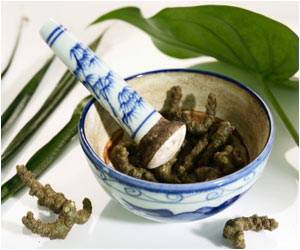A scientist is helping to sort through the jumbled origins of Echinacea, the coneflower known for its blossoms, which has the potential for treating infections, inflammation,
A scientist is helping to sort through the jumbled origins of Echinacea, the coneflower known for its blossoms, which has the potential for treating infections, inflammation, and other human ailments.
Only a few Echinacea species are currently cultivated as botanical remedies, and plant breeders would like to know whether other types also possess commercially useful traits.Agricultural Research Service (ARS) horticulturist Mark Widrlechner, who works at the ARS North Central Regional Plant Introduction Station (NCRPIS) in Ames, Iowa, is partnering in research to find out how many distinct Echinacea species exist.
Previous studies have put the number between four and nine species, depending on classification criteria.
Working with Iowa State University scientists, Widrlechner selected 40 diverse Echinacea populations for DNA analysis from the many populations conserved at the NCRPIS.
Most of these Echinacea populations were found to have a remarkable range of genetic diversity.
DNA analysis suggested that when much of North America was covered with glaciers, Echinacea found southern refuges on both sides of the Mississippi River.
Advertisement
The research team also analyzed the same populations for chemical differences in root metabolites.
Advertisement
Using this approach, researchers were able to identify clear distinctions among all 40 populations.
These distinctions were organized into three composite profiles that accounted for almost 95 percent of the metabolite variation among the populations.
Additional analysis of metabolite variation indicated that the populations grouped together in ways that aligned well with earlier Echinacea species assignments that were based on plant morphology.
This work suggested that there were nine distinct species, not just four.
Source-ANI
TAN









